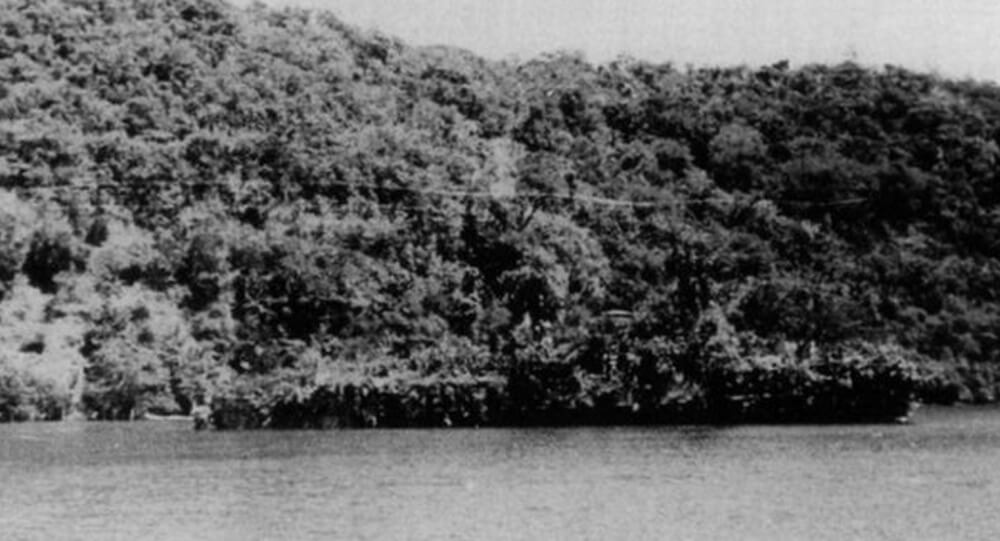Both the First and Second World Wars saw widespread use of camouflage for ships and other naval vessels; however, the crew of one Dutch ship, a Second World War minesweeper of the Royal Netherlands Navy named HNLMS Abraham Crijnssen, which was operating in the Java Sea, advanced the idea of naval camouflage to a whole new level.
They successfully disguised the ship as a tropical island and thereby escaped the Imperial Japanese Navy
The Battle of the Java Sea, fought on February 27, 1942, served as the model for Crijnssen’s audacious escape plan. In this naval engagement, the Imperial Japanese Navy decisively defeated the Allied fleet. Only four Dutch ships remained in the Java Sea after the defeat; the Imperial Japanese Navy sank three of them in the days that followed the first naval encounter.
The Jan Van Amstel class minesweeper Crijnssen, which was the last ship standing, measured 184 feet in length and had a displacement of 525 tons. Being a slowly moving ship, Crijnssen was essentially a sitting duck for any Japanese planes or naval ships that happened to spot her. Moreover, her meager armament meant that she wouldn’t be able to mount much of a defense if a battle broke out.
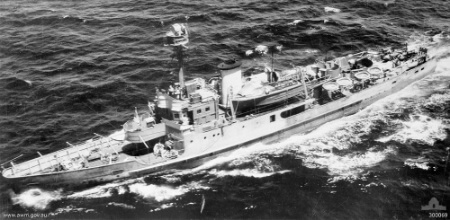
The minesweeper’s only hope of surviving in the now-majority-Japanese region was to flee as quickly as possible to Australia. Naturally, the issue was that the sluggish Crijnssen couldn’t possibly outpace any Japanese naval ship.
The crew of the minesweeper came up with a crazy but possibly feasible plan to disguise the ship as an island in order to elude detection by the Japanese. This was the only realistic option available to them.
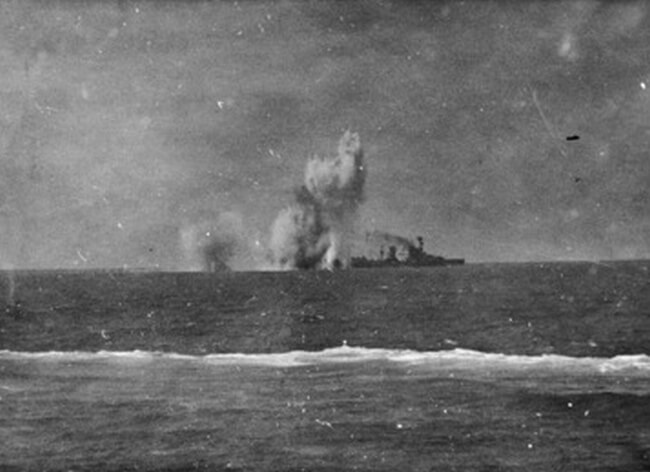
When a few things are taken into account, the plan wasn’t nearly as crazy as people initially thought. There are well over 18,000 islands in the Java Sea that encircle Malaysia and Indonesia. Some are large like Borneo, while others have only a few trees growing on them. Even though Crijnssen was a small ship, the minesweeper could have passed for a tiny island due to its size.
In order to accomplish the seemingly impossible task of transforming a ship into a geographical feature, the forty-five crew members made a stop on the closest island and started clearing as much vegetation as they could. The primary risk of being detected was from the air, so they needed to completely cover the ship’s surface with vegetation in order to effectively blend in with their surroundings.
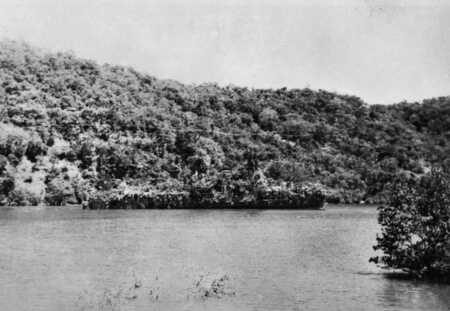
They succeeded in completely covering Crijnssen’s deck with vegetation and arranging it to resemble a jungle canopy as convincingly as they could after putting in a lot of work. Any exposed metal was painted in gray tones designed to resemble the patterns of rocks. After all the frantic work was finished, Crijnssen did, at least from a distance, genuinely resemble an island.
Obviously, a primary distinction between islands and ships is that the former are unable to move while the second types are not. Thus, in order to preserve the appearance that HNLMS Abraham Crijnssen was, in fact, a small tropical island, the ship anchored near the shores of real islands during the day and stayed motionless.
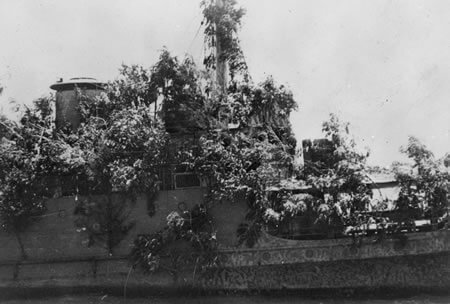
But as night fell, Crijnssen would begin her journey, painfully crawling out of the Java Sea’s hostile area and toward Australia. Eight arduous days of travel later, Crijnssen arrived safely in Australian waters.
The insane plan to transform the minesweeper into a tropical island had somehow succeeded against all odds, and the Imperial Japanese Navy was unaware that an Allied ship had escaped their grasp.
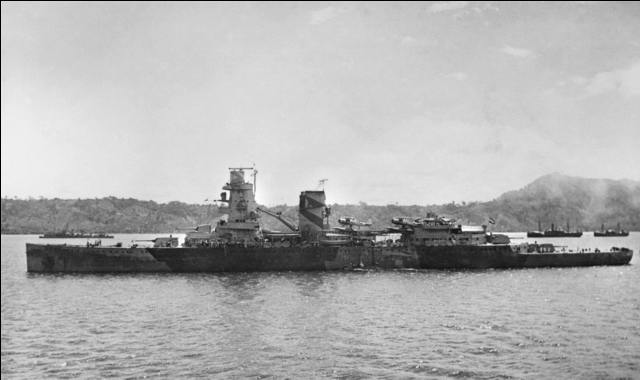
As a result, Crijnssen was the last Allied naval ship to leave the region before it was completely occupied by Japan. She was also the only Dutch ship of her class to escape the Java Sea.
But Crijnssen’s tale didn’t end there. After arriving in Australia, where she was safe, she was commissioned into the Royal Australian Navy. Crijnssen was reequipped and reclassified as an anti-submarine convoy escort in the RAN.
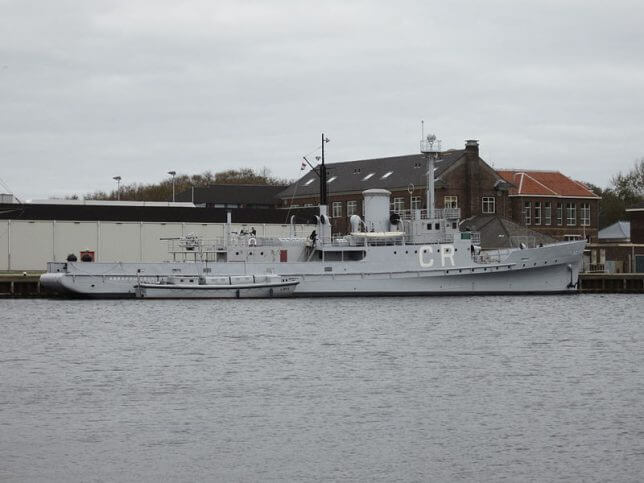
Crijnssen was recommissioned into the Royal Netherlands Navy following the war, where he patrolled the Netherlands East Indies until 1960, when he was decommissioned and returned to Europe. During World War II, HNLMS Abraham Crijnssen is still the only ship to have escaped the enemy by disguising itself as an island.



